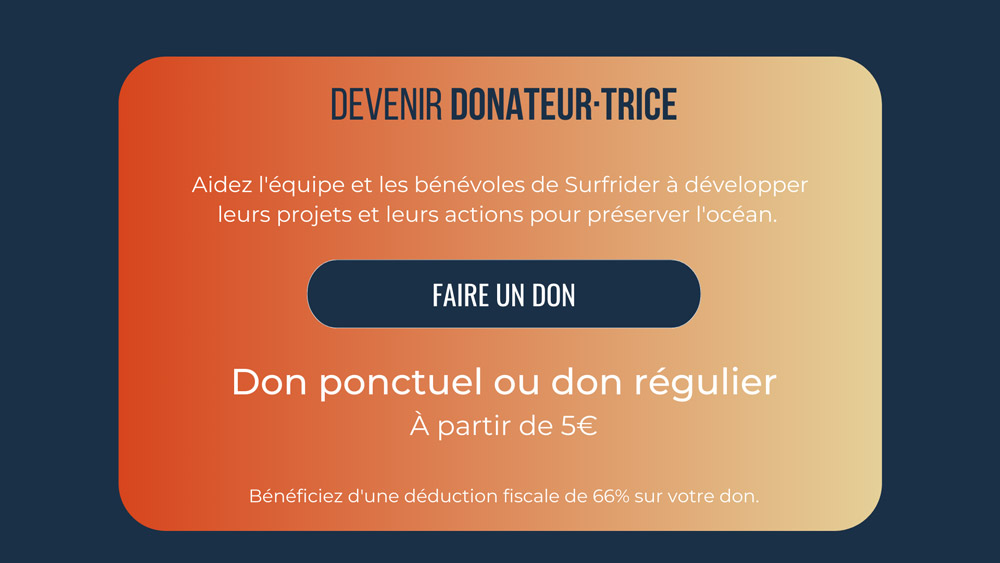The sunny days are back and holidays are around the corner, one of the first reflexes is to pull out your sunscreen to sunbathe. But before you cover yourself in UV protection, we’ve gathered for you the important information you need to know about sunscreen.
Understanding sunscreens
Each year, 25,000 tons of sunscreen are spilled into the ocean. In direct contact with the marine environment, the consequences can be devastating. Some components, questioned for their toxicity on aquatic organisms but also for their impact on the health of users, are still present in many sunscreens.
In Europe, sunscreens are considered as cosmetic products, unlike in other countries such as the United States or Australia, where they are subject to the same regulations as medications.
Thus, they must comply with several criteria and tests concerning the SPF (Sun Protection Factor), water resistance, or the Broad Spectrum (the extent of protection), all of which allow to frame the claims on the packaging of sunscreens. On the other hand, there is nothing mandatory concerning the impact on the marine environment. However, the impact of some components has already been proven.
Which impacts on marine biodiversity?
Sunscreens have direct and indirect impacts on marine life. We often think of corals which suffer the most visible consequences, but many other organisms such as anemones or posidonia, found near the European coast, are also affected. UV filters will directly impact the growth, reproduction and mortality of certain species, leading indirectly to their disappearance and the disruption of the balance of entire ecosystems.
This chemical pollution does not only concern tropical or highly touristic areas. But the concentration of UV filters will increase and be even more harmful.
Indeed, throughout the world we can see an increasing purchase of sunscreens, which is why the concentration of UV filters will grow in aquatic environments and will result in a logical rise in the impacts of these products. Especially since the impacts of sunscreens on the ocean are not limited to the beach.
« What we discovered over the years is that sewage is probably the biggest contributor to sunscreen pollution in coastal regions around the world. » – Craig Downs, PhD in Molecular and Cellular Biology
Sewage treatment systems are not capable of isolating and processing the components of some sunscreens that are or may be harmful to the ocean and our health. This is why it is important to be vigilant to the composition found on the back of products, also called the INCI list.


Mineral or chemical filter?
There are two main families of sunscreen products: chemical filters and mineral filters. Chemical filters are made from petrochemicals, i.e. they are manufactured from oil or natural gas before being transformed. Also known as organic filters, there are 30 chemical UV filters authorized by the European Commission to be used in sunscreen products.
Only two mineral filters (zinc oxide and titanium dioxide, in the form of nanoparticles or not) are included in the European regulation on cosmetic products. They are the only ones authorized in products with the organic label. Composed of mineral particles, they will have a mirror effect against UV radiation, whereas chemical filters will absorb UV rays in the place of the skin.
However, each category of filters has its drawbacks. As they are in direct contact with our skin and the marine environment, it is necessary to be extra cautious. The eco-toxicity of sunscreen products is regularly pointed out when we talk about the dangers they represent. Ecotoxicity tests are used to verify the safety of a product before it is put on the market, but they are not mandatory and are expensive.
The regulations on sunscreens must evolve to limit their impacts. Their design must be rethought to ensure that products are not harmful to our health and to the ocean.
For more information on the impacts of sunscreens and possible alternatives, pre-register for the Surfrider conference: Behind UV Filters, on June 16 from 6-8pm at the Surfrider Campus and online.

